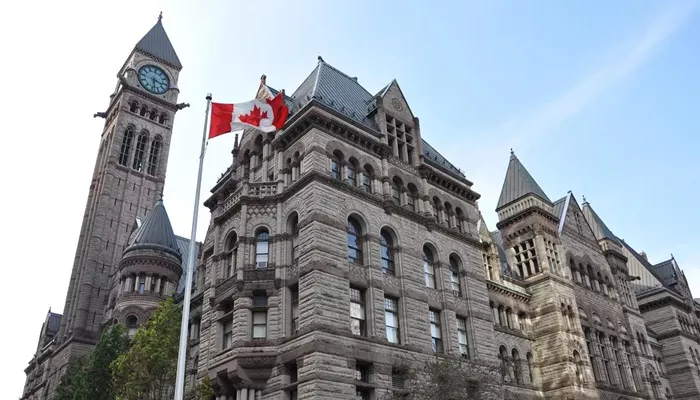Canada is tightening immigration controls as the issue gains prominence in the run-up to the federal election. Both official and unofficial measures are being implemented to reduce the influx of newcomers, revealing a shift in immigration policy amid rising public concern.
Recent data from Reuters shows a significant increase in visa rejections compared to approvals. In January, February, May, and June 2024, immigration officials denied more visitor visa applications than they approved, a trend not seen since the peak of the pandemic. Additionally, the number of granted study and work permits has declined. In July, Canada turned away nearly 6,000 foreign travelers, including students, workers, and tourists—the highest figure since at least January 2019. Reuters notes that this change appears to be an informal adjustment rather than a formal policy shift.
The rise in anti-immigrant sentiment is linked to the escalating cost of living. A Nova Scotia immigration lawyer has observed an increase in visa rejections and growing hostility towards their clients. The lawyer noted that some people now openly express negative views about immigration, which they might have kept to themselves in the past.
Immigration Minister Marc Miller announced a review of permanent residency applications, emphasizing the need for substantial changes rather than mere adjustments for public opinion. “It’s time to consider real options for the prime minister and other cabinet members, beyond cosmetic changes,” Miller told CTV News.
Prime Minister Justin Trudeau also addressed the issue, announcing a reduction in the controversial temporary foreign worker program following a rise in applications. The program has faced criticism from a UN special rapporteur, who labeled it a “breeding ground for contemporary forms of slavery.”
Last year, Canada approved the hiring of 239,646 temporary foreign workers, a significant increase from 108,988 in 2018, as reported by Employment and Social Development Canada. The program now fills roles in new sectors, such as fast food and construction. For instance, the number of low-wage workers in the healthcare sector has surged by over 15,000% since 2018.
Trudeau stated that employers in sectors with a 6% or higher unemployment rate would no longer be able to hire low-wage temporary foreign workers, except for “food security sectors” like agriculture and food processing. The government will also exempt the construction and healthcare sectors from this restriction.
Trudeau has also hinted at possibly reducing the number of permanent residents accepted annually, marking a potential shift from the increased immigration levels seen during his tenure. “Canada is committed to supporting immigration but must also ensure proper integration and pathways to success for newcomers,” he told reporters after a cabinet retreat.
With a federal election approaching, immigration remains a contentious issue. The Conservative Party, leading in the polls, accuses Trudeau’s government of allowing too many people to enter too quickly. Trudeau and Miller argue that higher immigration is crucial for Canada’s economic growth but acknowledge that the influx, combined with inadequate infrastructure investment, has led to growing challenges.
In late 2023, the federal government announced a freeze on permanent resident targets for the next three years to ensure sustainability. The goal is to admit 485,000 permanent residents in 2024, and 500,000 each in 2025 and 2026—more than a 50% increase from the 296,000 welcomed in 2016.
Conservative leader Pierre Poilievre criticized the Liberal government for what he called a “radical and out of control” approach to immigration. Poilievre argued that Trudeau is increasing the population faster than new housing can be built and pledged that, if elected, his party would tie population growth to the rate of new housing construction.


